Why is The Forestry Industry Important?
- September 20, 2024
- 0 comment
The forest industry is an important element in global economic development, environmental sustainability, and social well-being. Forests provide raw materials for various industries, from construction to energy, and play an important role in regulating the climate, conserving biodiversity, and supporting the livelihoods of millions.

Understanding the importance of the forestry industry and the challenges it faces highlights the need for sustainable practices to ensure these benefits continue for future generations.
Forest Industry’s Roles in Growing Economy
The forest industry significantly impacts the global economy by providing essential raw materials, creating jobs, and generating export revenue. Its economic importance is particularly evident in rural areas where livelihoods often depend on forestry.
1. Global Economic Contribution
The forest industry contributes billions of dollars to the global economy, with wood and other forest products essential in construction, manufacturing, and energy sectors.
For example, wood is a vital resource for building homes, producing paper, and fueling biomass energy production. The annual global trade in wood-based products exceeds USD 270 billion, underscoring its economic importance.
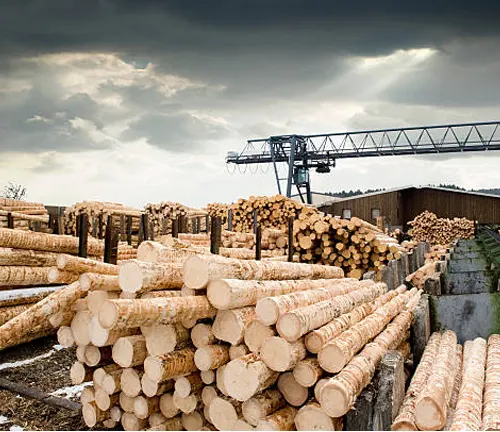
2. Job Creation and Livelihoods
Millions of people around the world rely on forestry for employment. The forest industry provides jobs in logging, wood processing, and related sectors, especially in rural regions. In developing countries, it is often the primary source of income for communities that depend on forest resources for their survival and well-being.
3. Trade and Export Revenue
Forest products are a major export for many countries, particularly in regions rich in forest resources like Canada, Brazil, and Indonesia. These exports contribute significantly to national economies by generating income and supporting investments in infrastructure, healthcare, and education.
However, for this industry to remain viable, sustainable management is necessary to ensure forests can continue to provide these resources in the future.
| Content | Statistics | Percentage/Numbers |
|---|---|---|
| Global Forest Products Trade Value | USD 270 Billion | 12% of Total Global Trade in Commodities |
| Forestry Employment Contribution | 13.2 Million Jobs Worldwide | 5% of Rural Employment Globally |
| Annual Export Revenue from Forestry | USD 123 Billion Annually | 7% of Total Export Revenue in Resource-Rich Countries |
| Biomass Energy Contribution to Renewable Energy | 10% of Global Renewable Energy | 10% of Total Renewable Energy Production |
Environmental Significance
Forests are not only valuable economically but are essential for maintaining the health of our planet. The forest industry, when managed sustainably, plays a critical role in supporting environmental conservation, mitigating climate change, and protecting biodiversity.
1. Carbon Sequestration and Climate Change Mitigation
Forests are crucial in absorbing carbon dioxide from the atmosphere, helping to reduce greenhouse gas levels. By acting as carbon sinks, they play an essential role in mitigating climate change.
The forest industry can contribute to this by adopting sustainable practices that balance the need for resources with the imperative to protect forests for future carbon absorption. Reforestation, selective logging, and afforestation can help sustain forests’ carbon-sequestering abilities.
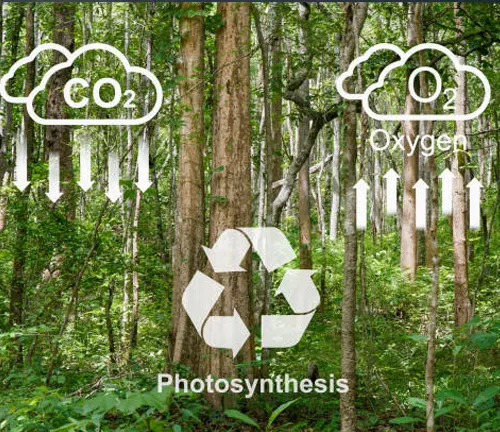
2. Biodiversity Conservation
Forests are home to the majority of the world’s terrestrial species, making them vital for biodiversity. Sustainable forest management protects these ecosystems from deforestation, ensuring that plant and animal species continue to thrive.
The forest industry, by implementing practices such as conservation planning and protecting critical biodiversity areas, can support the health of forest ecosystems while maintaining economic viability.
3. Water and Soil Conservation
Forests regulate the water cycle and prevent soil erosion by stabilizing the soil and absorbing rainfall. They also act as natural filters, helping prevent floods and maintaining fertile land for agriculture.
Social and Cultural Importance
Forests are deeply intertwined with human culture and well-being. For many indigenous and local communities, forests represent more than just resources; they are a way of life.
1. Indigenous and Local Communities
For indigenous peoples and local communities, forests are essential for their culture, livelihood, and identity. The forest industry should work with these communities to incorporate traditional knowledge into sustainable forest management practices.
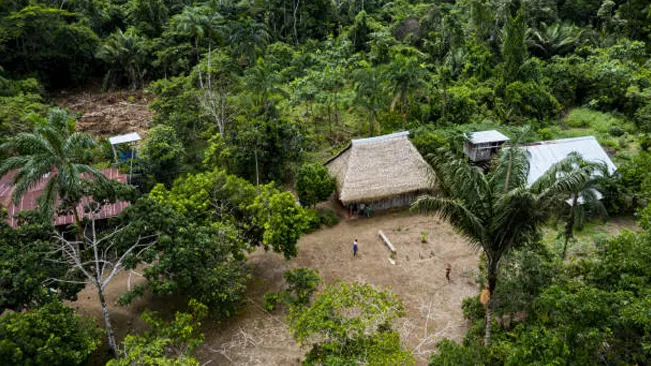
2. Recreational and Spiritual Value
Forests provide recreational spaces that benefit mental health and well-being, drawing millions of people each year for activities like hiking and camping. They also hold spiritual significance, serving as places for religious ceremonies and cultural traditions that should be preserved for future generations.
Technological and Industrial Innovation in Forestry
Technological advancements have revolutionized the forestry industry, increasing efficiency and sustainability. These innovations offer the potential to reduce environmental damage while boosting productivity.
1. Advances in Sustainable Forestry Technology
Modern technologies like drones, satellite imaging, and precision forestry have transformed forest management.
These tools allow real-time monitoring and rapid response to threats like pests or illegal logging. By using sustainable logging equipment, the industry can harvest more efficiently while minimizing environmental impact.

2. Forest Products and Renewable Energy
The forest industry is important in the transition to renewable energy, with biomass from wood and forest residues being an important clean energy source. Products like cross-laminated timber (CLT) are becoming popular as eco-friendly alternatives in construction. These innovations highlight the industry’s contribution to sustainability across multiple sectors.
3. Circular Economy and Waste Reduction
The forest industry is adopting circular economy principles to reduce waste by finding new uses for by-products. For example, sawdust is used for biofuel, and wood chips are repurposed for packaging. This shift supports more sustainable production and helps reduce the industry’s environmental impact.
Challenges Facing the Forest Industry
Despite its numerous benefits, the forest industry faces several challenges that need to be addressed to ensure its future sustainability.
1. Deforestation and Environmental Degradation
Unsustainable logging practices, especially in tropical regions, pose a significant threat to forests and their ecosystems.
Deforestation leads to the loss of biodiversity, disrupts water cycles, and contributes to increased carbon emissions. Illegal logging further exacerbates these problems. Stronger regulation, better enforcement, and international cooperation are essential to curb these practices and protect vulnerable forest areas.
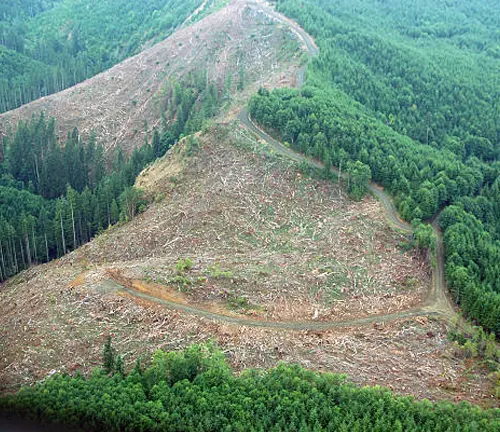
2. Misinformation and Boycotts
Public misconceptions about the forest industry’s role in deforestation have led to calls for boycotts of certain products, especially tropical timber. While often well-meaning, these boycotts can reduce the economic value of forests and discourage investments in sustainable management.
3. Need for Financial Investment in Developing Countries
Many developing countries lack the financial resources and infrastructure to invest in sustainable forest management. International organizations, such as the FAO, play a crucial role in providing technical assistance and funding.
By investing in modern equipment, training, and infrastructure, developing nations can improve the sustainability and productivity of their forest industries while protecting forest ecosystems.
Solutions and Future Outlook for Sustainable Forestry
The forest industry must embrace global collaboration, innovation, and sustainable management practices to overcome its challenges and continue thriving.
1. Global Collaboration for Sustainable Development
Governments, NGOs, and the private sector must work together to promote sustainable forestry practices globally. By setting international standards for forest management and supporting countries with fewer resources, these groups can help ensure that forests are protected while also contributing to economic growth.
2. Policy Development and Public Education
Strong policies and public awareness campaigns are essential to promoting sustainable forestry. Governments should incentivize responsible forestry practices through subsidies, tax breaks, and stricter regulations.
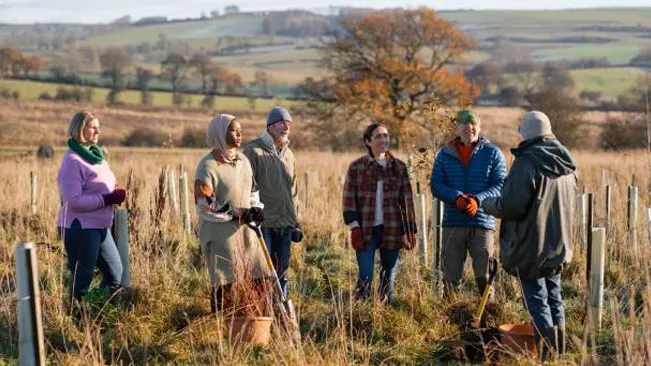
Public education campaigns can help raise awareness about the importance of forests and encourage more sustainable consumption patterns.
3. Investment in Forest Conservation and Management
Financial investment in forest conservation is crucial for sustaining forest resources. By funding research and supporting sustainable practices, governments and private companies can ensure that the forest industry continues to thrive while minimizing its environmental impact.
Investment in innovative technologies, such as precision forestry and biomass energy, will also be key to the future success of the industry.
Conclusion
The forest industry plays a vital role in global economic development, environmental protection, and social well-being. Its contributions extend beyond providing essential materials, as forests help regulate the climate, conserve biodiversity, and support millions of livelihoods. However, the industry faces significant challenges, from deforestation to misinformation.
Addressing these issues will require global collaboration, technological innovation, and a commitment to sustainable management practices. By embracing these solutions, the forest industry can continue to play a positive role in both human development and environmental stewardship for generations to come.
Frequently Asked Questions (FAQ’s)
- What is the forest industry?
The forest industry manages and processes forest resources, primarily wood, to produce products like timber, paper, and other materials. It includes activities like logging, wood processing, and the manufacturing of forest-based products. - Why is the forest industry important?
The forest industry is crucial because it provides essential materials for various sectors, creates jobs, and supports economies worldwide. Additionally, it helps protect and maintain ecosystems through responsible management of forest resources. - How does the forest industry contribute to environmental sustainability?
It supports sustainability by using practices that allow forests to regenerate and stay healthy. - What is sustainable forestry?
Sustainable forestry ensures forests are managed responsibly, balancing resource use with forest conservation. - What role does the forest industry play in combating climate change?
It helps reduce carbon dioxide by managing forests that absorb and store carbon. - What are the main challenges facing the forest industry?
Challenges include deforestation, illegal logging, lack of investment, and misinformation. - How does the forest industry impact indigenous communities?
Indigenous communities rely on forests, and the industry can support them by respecting their traditions and resources. - What are some technological innovations in the forest industry?
Technologies like drones and advanced logging tools help make forestry more efficient and sustainable. - What is the difference between deforestation and sustainable logging?
Deforestation clears forests permanently, while sustainable logging allows forests to regrow after harvesting. - How can consumers support sustainable forest practices?
Consumers can choose products certified as sustainably sourced by organizations like FSC or PEFC.

Jordan Blake
Forestry AuthorJordan Blake is a forestry expert with over 15 years of experience in arboriculture and community education. Passionate about sustainable forest management, Jordan regularly writes for Forestry.com and Tree Care Magazine. Holding certifications in tree health assessments and urban forestry management, Jordan conducts workshops to educate the public on sustainable practices. Jordan has a degree in Environmental Science and enjoys hiking and photography in their free time.


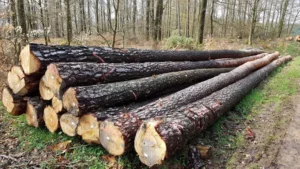


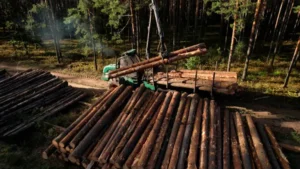
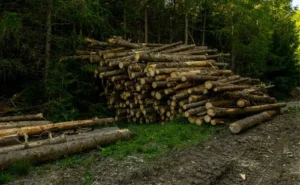

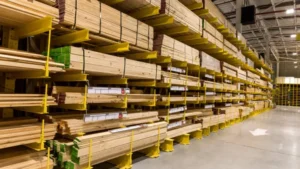

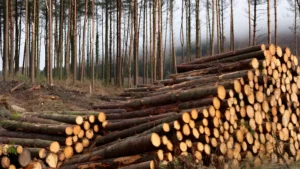


Leave your comment